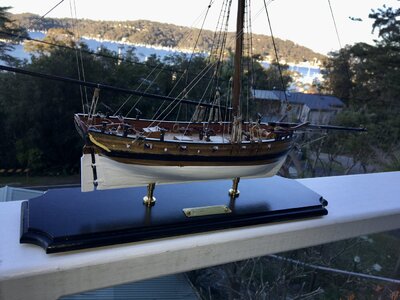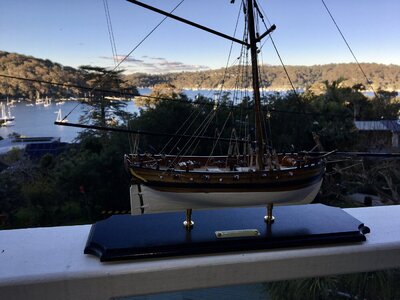That's more like it.

 |
As a way to introduce our brass coins to the community, we will raffle off a free coin during the month of August. Follow link ABOVE for instructions for entering. |
 |
 |
The beloved Ships in Scale Magazine is back and charting a new course for 2026! Discover new skills, new techniques, and new inspirations in every issue. NOTE THAT OUR FIRST ISSUE WILL BE JAN/FEB 2026 |
 |
That's more like it.


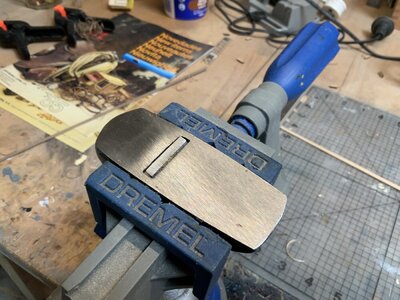
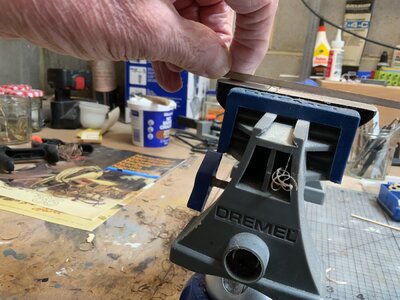
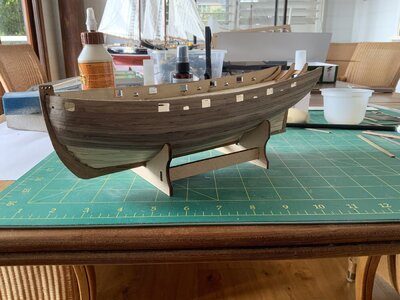

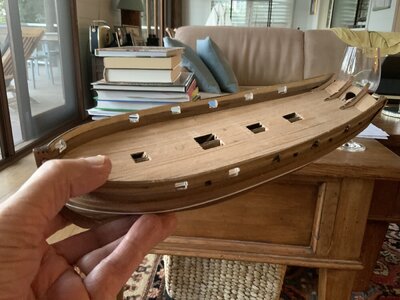
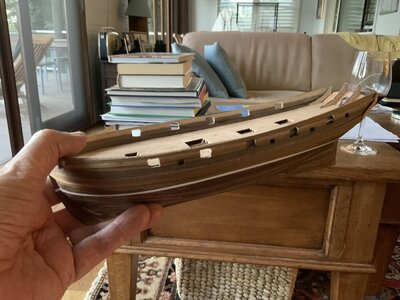
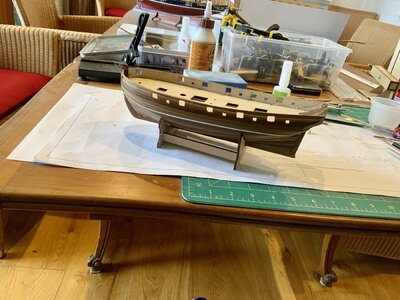
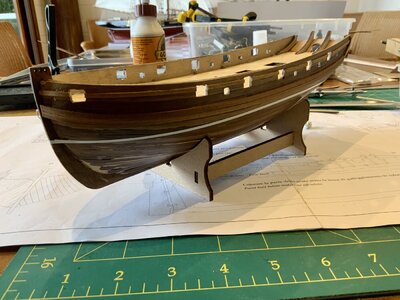
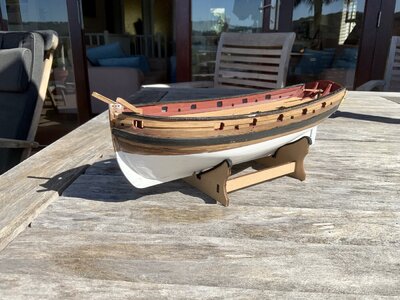
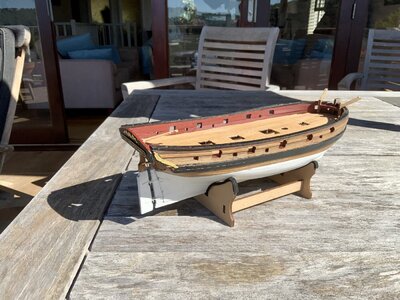
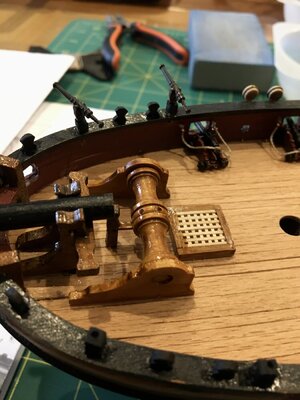
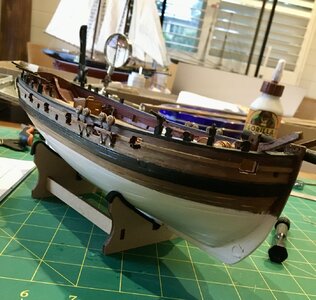

well done-bowfillers
Mast up and shrouds part of the standing rigging , I also use a Cedar polish for woodwork
View attachment 309448
View attachment 309449
Good afternoon Robert. Caught up with your log-very nice! Quite a change from the Cutty Sark. It is interesting re the hemp. The Victory also used a large amount of hemp(well the 1800 era)- not so much in Portsmouth. Cheers GrantHemp was the second most used material in shipbuilding after wood
Hemp's high resistance to degradation from salt water and sunlight, and its natural UV protection makes hemp clothing perfect for the sun and sea. This high resistance to rotting and superior strength led to hemp's premier use in marine fittings throughout history.
In the 16th to 18th centuries, while intercontinental trade was booming, the fleets at the time were powered by the force of the wind. During this period (and up until the early 1900s), hemp was used to make the majority of all shipping sails, ropes, rigging, ladders, shrouds and nets. Hemp fibre was also mixed with tar and used to fill the seams between the planks of a wooden hull in order to make ships watertight (called 'caulking'). Sailors’ clothes were often made of hemp, lamps used hemp oil, crew ate protein-rich hemp seeds and captains kept the ship’s log on hemp paper.
Hemp was the second most used material in shipbuilding after wood. Sailing ships were dependent on canvas (the word 'canvas' is derived from 'cannabis') – a medium-sized vessel used 5 to 8 tonnes of hemp in the form of sails and 55 to 75 tonnes of hemp as ropes per year.
The hunger for the commodity was great. In 16th Century UK, Henry VIII passed an act compelling all landowners to sow 1/4 of an acre, or be fined. Ship captains were ordered to disseminate hemp seed widely to provide fibre wherever repairs might be needed in distant lands. Hemp seed was supplied to the First Fleet in Australia, and free seed was given to settlers to encourage cultivation.
Throughout history and across the world, hemp was grown extensively to provide materials for the naval fleets. Hemp played a crucial role in exploration and expansion, ( Hence my choice of rigging )
Her great Aussie sister greats you! A lovely little ship and it has never been built as such , we can put our own things in her we like , at the moment preoccupied with the rigging , not a hell of a lot since my last built ‘Cutty Sark’, take careHello Robert,
My 'Lady Nelson' welcomes her lovely sister down under!
Regards,
Jan
View attachment 310230
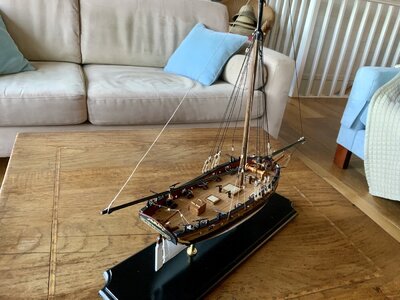
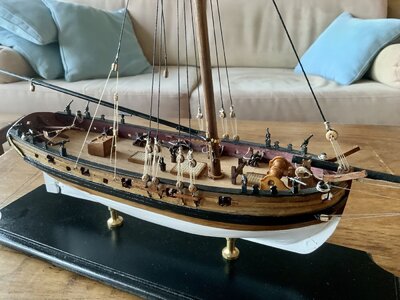
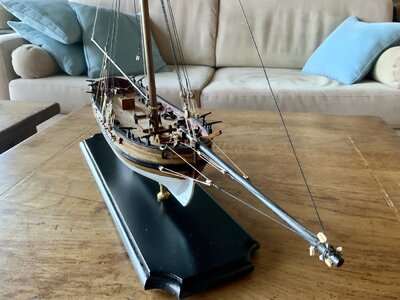
Good morning Robert. She looks lovely. I wish (hindsight the perfect science) I was wise and chose a ship like this for my first build. It has everything and is a beautiful little ship. You are making her beautifully. Cheers GrantBefore I add the ratlines I will finish the rigging and other details , it is not a difficult ship to build and certainly a good start for a ‘novice’ builder , the problem is my eye sight , I need plenty of light and that’s in the morning here , working with 3mm blocks and 1/4 mm thread is a challenge as always , the yards will go up soon too , only 3 ! So hopefully my build will give inspiration to others contemplating a project like this .
View attachment 310636
View attachment 310637
View attachment 310638

 s!
s!